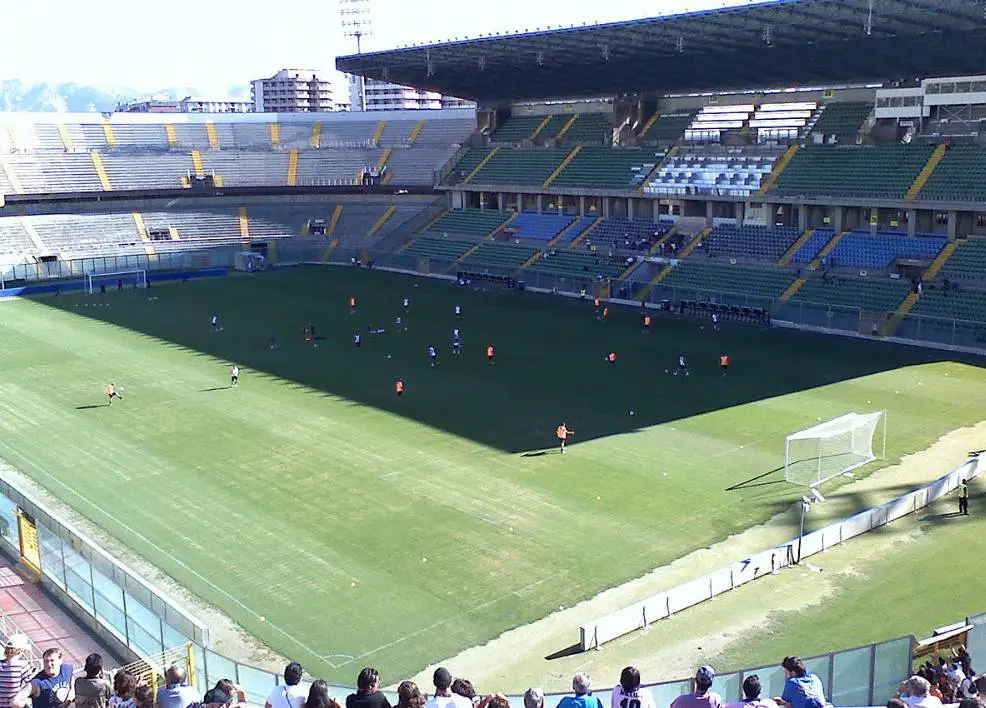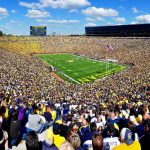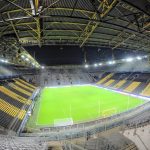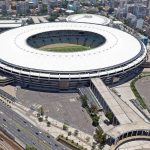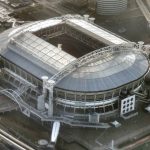Very few countries in the world have such a rich history when it comes to entertainment venues as Italy. Yes, we think about chariot racing stadiums and Roman amphitheaters.
The Roman Colosseum was built nearly 2,000 years ago, although it didn’t exactly serve the same purpose as the sports stadiums in the country today.
Today, association football (soccer in 9 countries) is by far the most popular sport in Italy. This also means that most of the stadiums are used for this popular sport.
The Serie A is the top-flight league in the Italian football league system. Remarkably, it’s one of the few countries in the world where the sport isn’t called football but “Calcio.”
This word translates from Italian to “To Kick,” a reference to how the game is played.
Let’s take a closer look at some of the biggest stadiums in Italy, a list that features some of the biggest arenas in Europe.
1. San Siro
- Location: Milan
- Capacity: 80,018
San Siro is the common name of a stadium officially known as the Stadio Giuseppe Meazza. San Siro is the name of the district in the northwest of Milan where the stadium is situated. It’s the home of both Milanese football clubs Inter Milan and A.C. Milan, two of Europe’s most successful clubs.
The original version of the stadium was constructed between 1925 and 1926 and it has been expanded several times throughout its history. The most thorough expansion phase was completed between 1987 and 1990 when $60 million was spent to get the stadium ready for the 1990 FIFA World Cup.
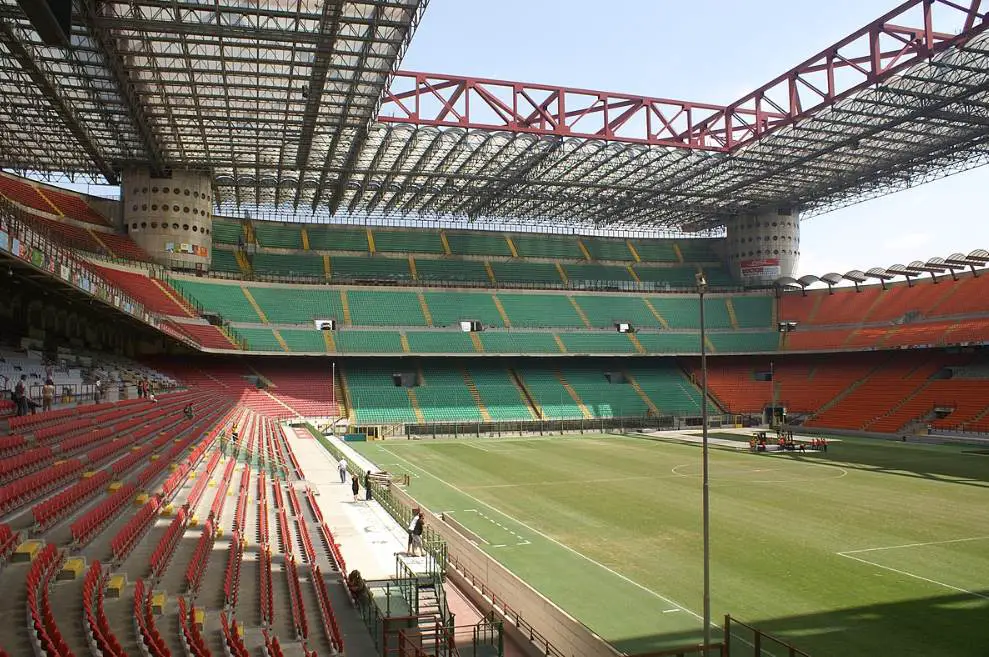
2. Stadio Olimpico
- Location: Rome
- Capacity: 70,634
The Stadio Olimpico is the magnificent centerpiece of the Foro Italico sports complex in the northern part of Rome, Italy’s capital city. This sports complex was originally named the “Foro Mussolini” but was renamed after World War II. The first version of the stadium was called the “Stadio dei Cipressi” and was completed between 1927 and 1932.
While Mussolini’s dream of bringing the Olympic Games to Rome never happened, the stadium did serve as the main venue of the 1960 Summer Olympics. The stadium got its current appearance with a roof in the late 1980s. It hosted the 1990 World Cup final between West Germany and Argentina (won 1-0 by West Germany).
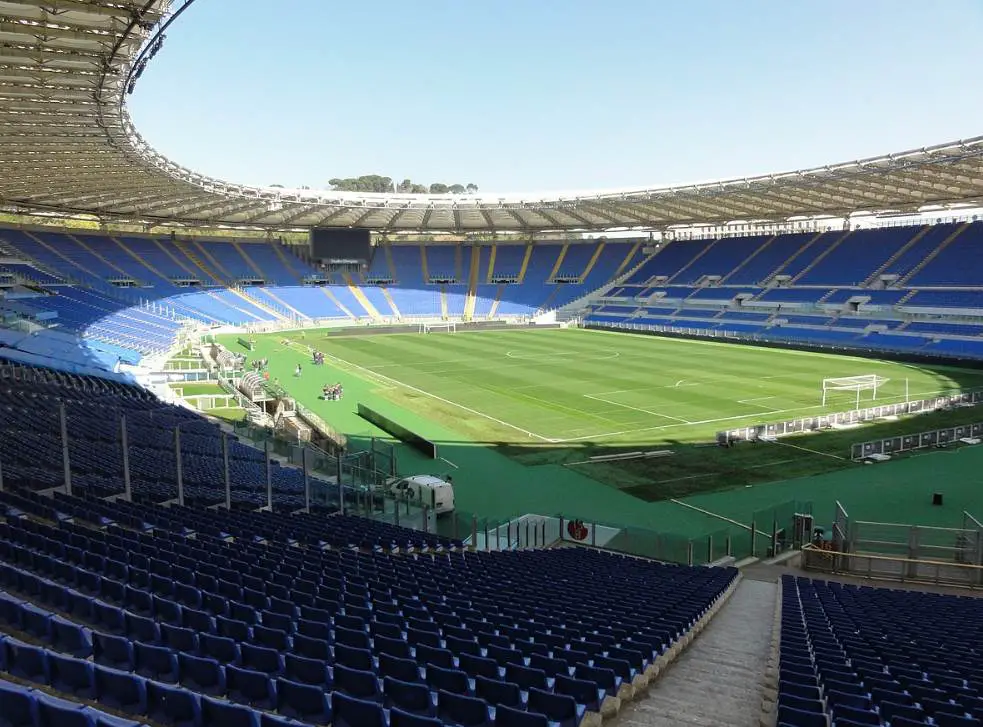
3. Stadio San Nicola
- Location: Bari
- Capacity: 58,270
The Stadio San Nicola is arguably one of the most impressive of all stadiums in Italy. The stadium was designed by renowned Italian architect Renzo Piano, a man also involved in the construction of the Centre Pompidou in Paris. It was completed in 1990 to serve as a venue for the 1990 FIFA World Cup.
Today, the stadium serves as the home stadium of the Italian football club S.S.C. Bari. The design of the stadium is remarkable as it resembles a flower that features 26 petals. Each section of the stadium that represents a petal is separated by an open space of about 8 meters.
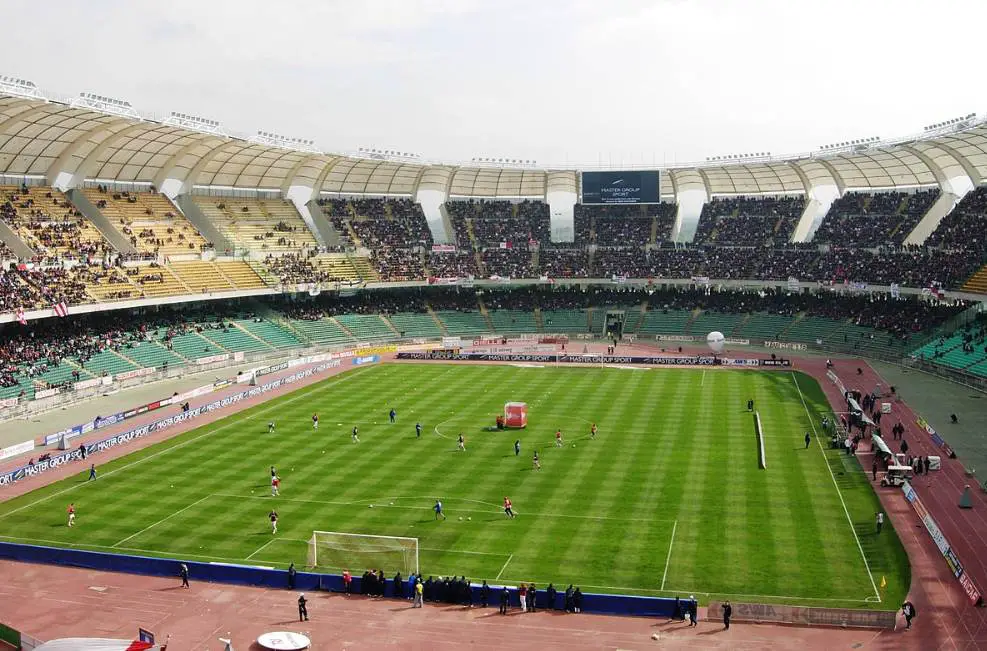
4. Stadio Diego Armando Maradona
- Location: Naples
- Capacity: 54,726
The Stadio Diego Armando Maradona was named as such after the legendary football player Diego Maradona (1960-2020) passed away in 2020. Before, it was known as the “Stadio San Paolo” The stadium is located in Fuorigrotta, a suburb in the western part of the major Italian city of Naples.
The original version of the stadium was completed in the late 1950s and it was seriously renovated to be ready for the World Cup in 1990. The stadium looked a bit outdated in the late 2010s and this was solved by adding new seats in 2019, the year that the 2019 Summer Universiade was held here.
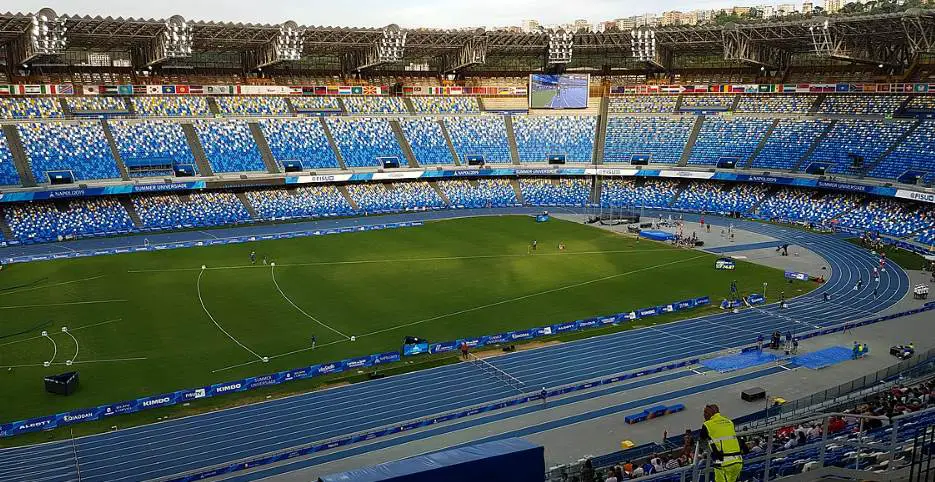
5. Stadio Artemio Franchi
- Location: Florence
- Capacity: 43,147
The Stadio Artemio Franchi is the amazing home venue of the Italian football club ACF Fiorentina. This club is based in Florence, the capital city of the Tuscany Region in central Italy. It’s one of the oldest stadiums on this list because it first opened its doors in the year 1931.
The most distinctive feature of this wonderful stadium in Italy is the enormous concrete tower that holds the stadium’s flagstaff. This tower stands 70 meters (230 feet) tall and is called “The Tower of Marathon.” The stadium was renamed from “Comunale” to its current name in honor of Artemio Franchi (1922-1983) in 1991. He was the president of the Italian Football Federation and a native of Florence.
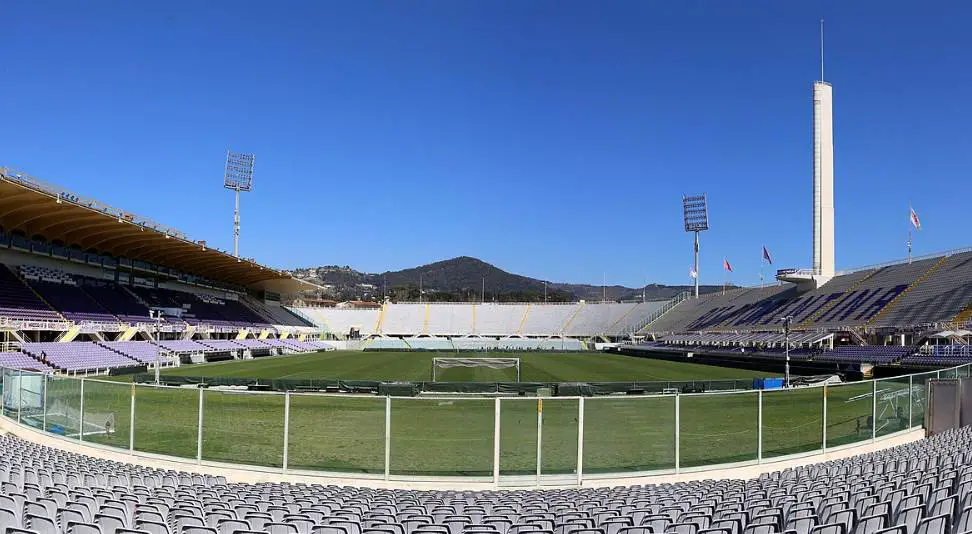
6. Juventus Stadium
- Location: Turin
- Capacity: 41,507
The Juventus Stadium is officially known as the “Allianz Stadium.” It’s located in the Vallette neighborhood of Turin and is the home of one of the most successful Italian football clubs in recent years, Juventus F.C.
To build this stadium, the former Stadio delle Alpi had to be demolished in the late 2000s. The magnificent new football temple was constructed between 2009 and 2011 for €155 million. It’s the first modern stadium in Italy that is completely club-owned and one of only 4 stadiums in Europe defined as a UEFA Category 4.
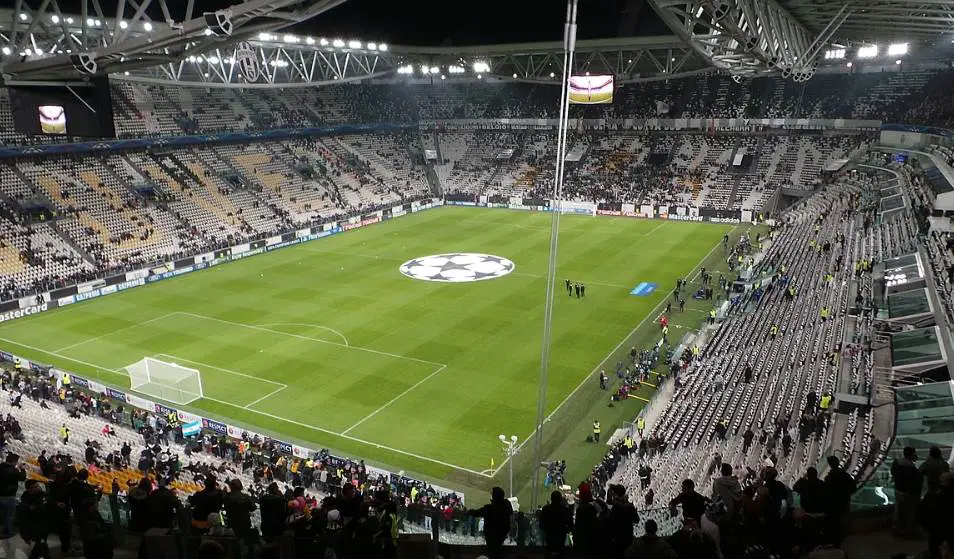
7. Stadio San Filippo
- Location: Messina
- Capacity: 38,722
Stadio San Filippo is a remarkable stadium in the city of Messina, the third-largest city on the Italian island of Sicily. It’s the home of the Italian football club A.C.R. Messina which players in the lower levels of the Italian football league system.
The stadium was planned to be constructed in the early 1990s but it wasn’t completed until the year 2004. This modern venue replaced the completely outdated Stadio Comunale Giovanni Celeste which holds just 11,900 spectators. The old stadium still serves as the home venue of S.S.D. Città di Messina.
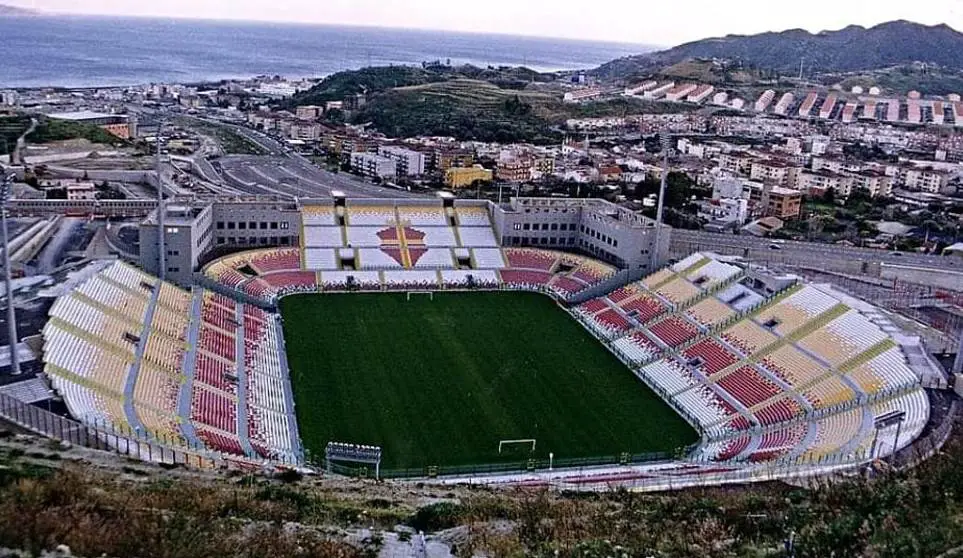
8. Stadio Renato Dall’Ara
- Location: Bologna
- Capacity: 38,279
Stadio Renato Dall’Ara is the magnificent home venue of the Italian football club Bologna F.C. 1909. The stadium was completed in the year 1927 and was named after Renato Dall’Ara (1892-1964), a man who served as the President of Bologna F.C. for over thirty years.
The stadium was the venue of both the 1934 FIFA World Cup and the 1990 FIFA World Cup which is quite remarkable. It’s another stadium thét features a distinctive tower in the central part of one of the stands and is also frequently used for concerts.
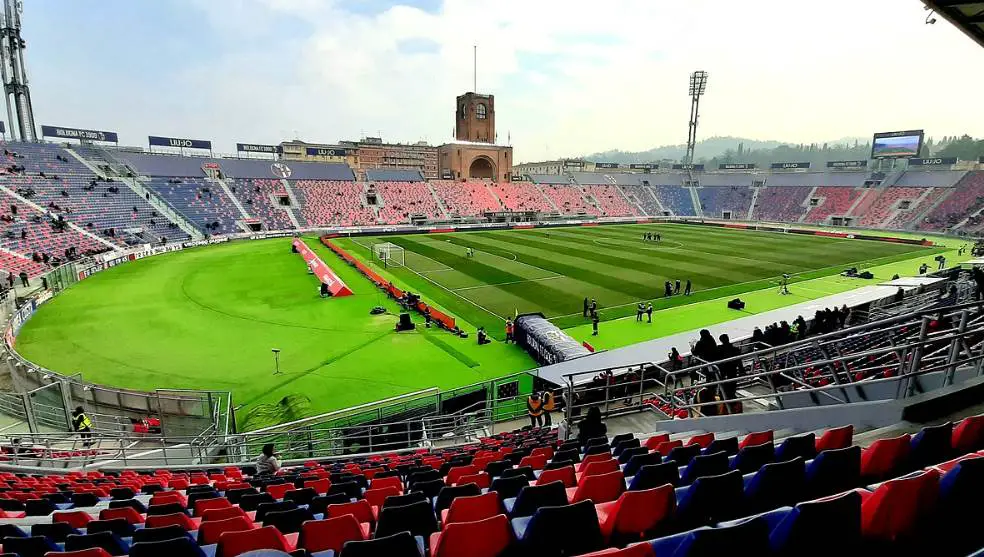
9. Stadio Luigi Ferraris
- Location: Genoa
- Capacity: 36,599
The Stadio Luigi Ferraris is commonly referred to as the “Marassi, ” a reference to the densely populated neighborhood in Genoa where it is located. It’s the amazing home venue of both local football clubs Genoa C.F.C. and U.C. Sampdoria.
It’s one of the oldest stadiums in Itlay that is still used for football today because it first opened its doors in 1911. This notion is emphasized by the fact that it was named in honor of Luigi Ferraris, an Italian football player who died as a soldier during the First World War. The stadium got its current modern appearance in 1989 to get ready for the 1990 FIFA World Cup.
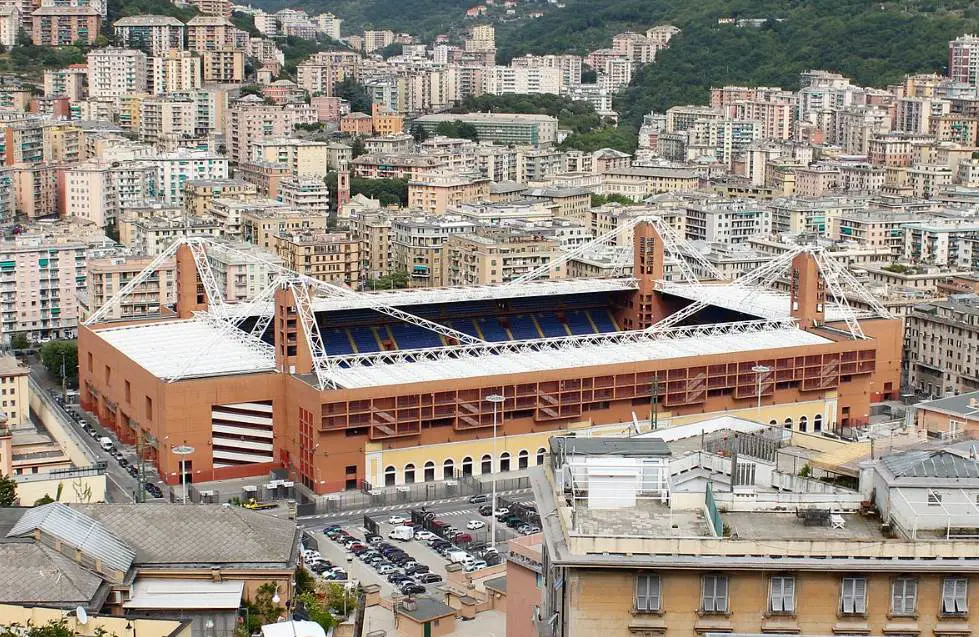
10. Stadio Renzo Barbera
- Location: Palermo
- Capacity: 36,365
Stadio Renzo Barbera is the home stadium of Palermo F.C., the home club of the capital and largest city on the Italian island of Sicily. It’s another stadium that was completed during the Fascist era in 1932 and was originally named the “Stadio Littorio,” a reference to the fasces symbol.
The stadium was renamed in 2002 in honor of Renzo Barbera (1920-2002), the president of the local football club between 1970 and 1980. The imposing stadium was also renovated in 1989 and hosted three games of the 1990 FIFA World Cup.
